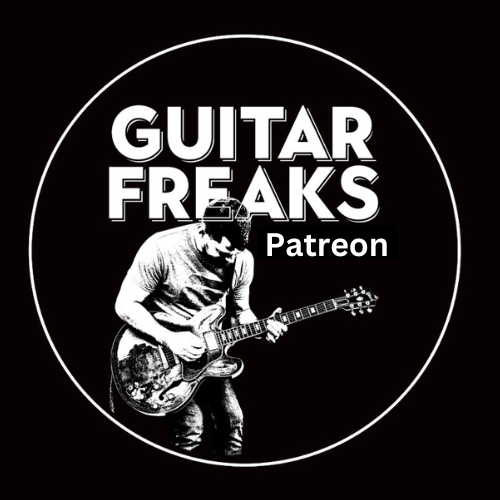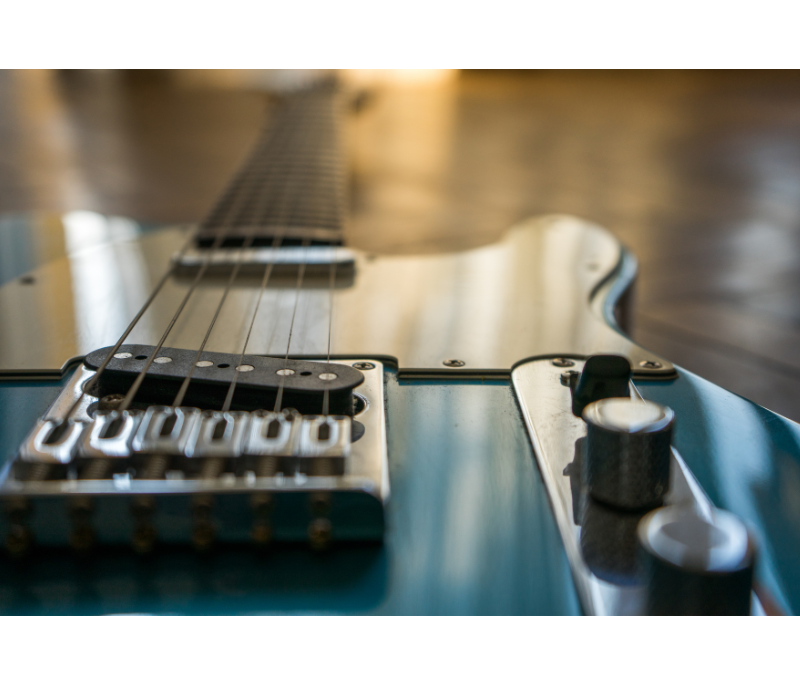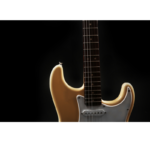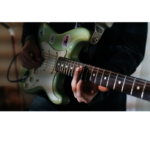Let’s cut straight to it: If your solos feel repetitive—even robotic—there’s a good chance you’re leaning too hard on the minor pentatonic scale.
It’s time to inject something new into your phrasing without throwing away everything you’ve built.
Enter the Dorian scale on guitar—a mode that gives you the soul of minor with just enough sunlight to lift your lines into new dimensions.
💥 The Fretboard Fix You’ve Been Looking For
Stop noodling aimlessly. Start soloing with purpose.
📦 Back FretDeck on Kickstarter today and unlock 60+ visual scale cards, practice prompts, and the creative system that actually shows you where to play and why.

❌ Stop Guessing. Start Shredding.
If you’re still fumbling through scale patterns and box shapes… it’s costing you progress.
FretDeck™ is the no-fluff system that shows you exactly how to master the fretboard—fast. Early access.
⚡️ This isn’t for dabblers. It’s for players who want results.
👉 Click here to join the pre-launch now
Early access. Limited rewards. Don’t wait.
🎵 What Is the Dorian Scale?
Think of the Dorian scale as the minor scale’s cooler cousin. It’s moody—but not brooding. Emotional—but not defeated.
Here’s the formula:
Root – 2 – ♭3 – 4 – 5 – 6 – ♭7 – Octave
That major 6th is the magic. It adds air. Movement. Possibility.
Example: D Dorian
D – E – F – G – A – B – C – D
Compare that to the D minor scale (D – E – F – G – A – B♭ – C – D), and you’ll hear it: Dorian lifts you without leaving the blues behind.
🎸 Dorian Scale Guitar Shape (5th Position – Key of D)
e|---------------------------5--7--8--|
B|---------------------5--6--8--------|
G|-----------------5--7---------------|
D|-----------5--7---------------------|
A|-----5--7---------------------------|
E|--5--7------------------------------|
Slide this up the neck to play E Dorian, A Dorian, whatever you need. It’s moveable. It’s musical. And it’s your new favorite tool.
Minor Pentatonic vs. Dorian: Why It Matters
If you’re fluent in D minor pentatonic (D – F – G – A – C), then Dorian just adds two notes:
- E (the 2nd)
- B (the major 6th)
🎯 Those two notes change everything—they give you space to stretch, climb, and pivot without losing that gritty minor tone.
🎧 Dorian in the Hands of the Legends
🎸 Carlos Santana – The Spiritual Architect
Santana made A Dorian his playground. On tracks like Oye Como Va and Black Magic Woman, his phrasing dances between mysticism and raw soul.
His secret? Leaning on that 6th note like it was a chorus hook.
🎸 Robben Ford – Jazz Meets Blues
Ford took the Dorian mode to minor blues and came back with gold. In Talk to Your Daughter, he floats between pentatonic grit and Dorian sophistication.
He treats the 6th not as decoration—but as destination.
🎸 Jerry Garcia – The Cosmic Improviser
In jam sessions and songs like Dark Star and The Other One, Garcia often lived in E Dorian and A Dorian.
He combined Dorian’s brightness with modal meandering, creating that “cosmic cowboy” sound Deadheads still chase.
4 Ways to Use the Dorian Scale in Blues
1. Bend Into the 6th
It’s not just a note—it’s a moment.
Try bending from the 5th to the 6th. Let it cry a little. Let it sing.
2. Dorian Over Minor Blues
Solo over a Dm – Gm – A7 groove using D Dorian. You’ll feel the brightness pop through while staying rooted in emotion.
3. Blend with Pentatonic
Play your go-to licks, but slip in the 2nd and 6th.
This hybrid approach keeps things grounded and fresh.
4. Use It Over Major Blues
Surprised? It works. Over a D7 – G7 – A7 progression, D Dorian adds a jazzy smoothness that sounds modern and melodic.
🛠 How to Practice the Dorian Scale on Guitar
- Drill the shape daily—but focus on the 6th and 2nd
- Improvise over minor blues backing tracks
- Record yourself—spot the phrases where Dorian shines
- Mix it up with pentatonic for smooth transitions
🎸 Want to Practice Dorian the Right Way?
Most scale books and YouTube videos leave you guessing.
You don’t need more theory. You need visual clarity and real prompts that move your fingers and your ears.
🎯 That’s exactly what FretDeck: Pentatonic Guitar Scales gives you:
- 60 moveable scale diagrams
- Modes, intervals, and root notes laid out visually
- Prompts for riffs, licks, and chord-scale application
- Built-in Circle of 4ths practice tools
🛒 Get your deck on Kickstarter before the limited run ends →

❌ Stop Guessing. Start Shredding.
If you’re still fumbling through scale patterns and box shapes… it’s costing you progress.
FretDeck™ is the no-fluff system that shows you exactly how to master the fretboard—fast. Early access.
⚡️ This isn’t for dabblers. It’s for players who want results.
👉 Click here to join the pre-launch now
Early access. Limited rewards. Don’t wait.
🎁 Bonus: Get Feedback, Share Licks, and Grow With Us
Join the Guitar Freaks Hangout—our Discord space for players who want to get better together.
Inside, you’ll find:
- Weekly practice missions (Dorian included)
- Feedback threads
- Live watch parties of legendary solos
- And a free copy of Fret Logic just for joining
🎉 Click here to join Guitar Freaks Discord now →

🎸 Join the Guitar Freaks Patreon!
Get SoloCraft E-Book FREE!
When you join Guitar Freaks on Patreon, you’ll instantly unlock my full e-book SoloCraft—your complete guide to fretboard mastery and building unforgettable solos. Think of it as your shortcut to playing with confidence and creativity.
👉 Don’t miss out—join now and grab your free copy!
🧭 Your 7-Day Dorian Discovery Plan
| Day | Action |
|---|---|
| 1 | Learn the Dorian shape in 5th position |
| 2 | Jam over a D minor blues with D Dorian |
| 3 | Add the 6th to a familiar pentatonic lick |
| 4 | Record a solo using only Dorian |
| 5 | Analyze Santana or Ford solos in Dorian |
| 6 | Try Dorian over a major blues progression |
| 7 | Share your solo in Discord for feedback |
🚀 Final Word: Why You Need the Dorian Scale Guitar Players Overlook
The Dorian scale on guitar is your escape hatch from boring blues licks.
It’s not just another mode—it’s a mindset. A way to express minor emotions with major possibilities. Santana knew it. Robben Ford knew it. Garcia felt it.
Now it’s your turn.
🎯 Master it with FretDeck.
🎧 Share it with Guitar Freaks.
🎸 Make it yours on the fretboard.
✅ Internal Link
Want to learn how to turn Dorian licks into expressive solos? Read How to Solo on Guitar and start building your lead guitar voice.
🔗 Outbound Link
For a deep dive from a trusted source, check out Guitar World’s lesson, “Guitar modes lesson 2: The Dorian mode is a bittersweet minor mode – here’s how it works.”
This article explores A Dorian in depth, breaks down the intervals that give it its soulful character, and shows how pros like Robben Ford and Nile Rodgers put it to work in their playing










